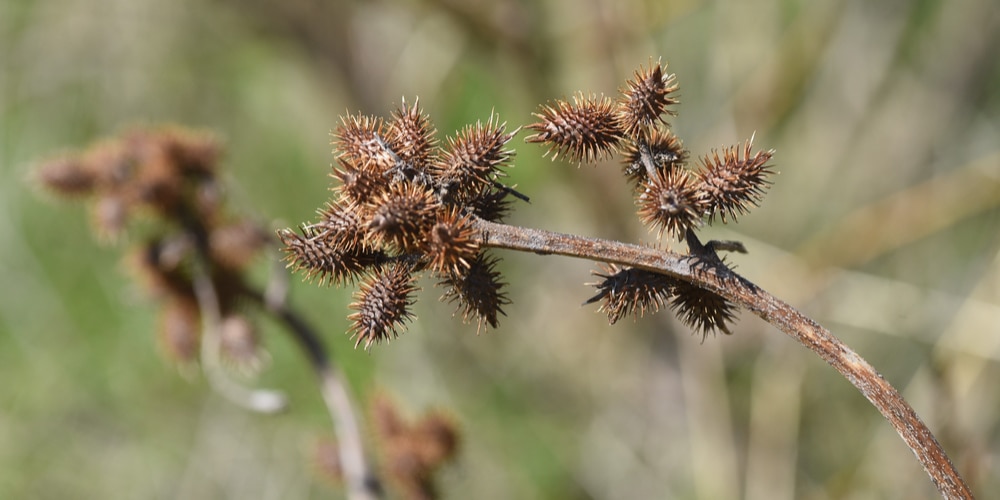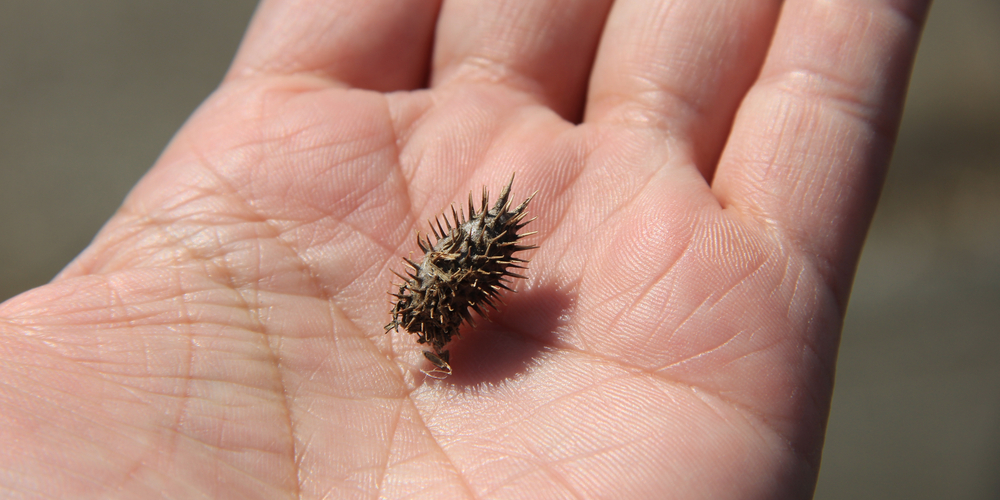Are you looking to keep your garden weed-free? You’ve probably noticed that many of your plants are going slightly awry, leaving behind little seedpods that provide a perfect breeding ground for weeds. There are several types of annual and perennial weeds that can quickly take over your garden, but not if you know what you’re doing.
What is spurweed?
Spurweed, otherwise known as burweed or stickers, is a perennial weed that grows during the winter months. In terms of appearance, it resembles parsley and grows close to the soil’s surface.
Late spring and early summer is the peak time for spurweed to bloom and produce fruit that is encased in razor-sharp spines. The spines can irritate pets and perhaps cause injury if they ingest them.
When someone walks over the lawn in sandals or bare feet, they will experience the screech of pain and eventually notice that the weed is present. Spurweed on athletic fields is significantly more dangerous for athletes who slide or tackle a lot during spring sports.
However, there are many effective methods of getting rid of spurweed.
How to Kill Spurweed
It is possible to uproot the weeds, but the fibrous roots end up breaking away, allowing the plant to re-grow. This is only a short-term solution, as many seeds from the plant are still waiting to germinate in the soil.
However, you can use post-emergent herbicide during the winter season or pre-emergent herbicide in the fall before germination occurs to eliminate spurweed.
To avoid injuring seed heads or cones, you should aim for the plants before they have formed. Although there are many different methods for controlling spurweed, they all focus on controlling the plant while it is still young.
Using too much herbicide too soon can kill nearby plants as well, so be careful. You’re best off using pre-emergent herbicides to prevent weeds before they even sprout up in your garden.
Pre-emergent herbicides prevent weeds from germinating or sprouting up at all. They come in liquid and powder formulas, and you can broadcast them or use a wand to apply them to your entire garden.
How to Identify Spurweed in the Garden
Lawn burweed, another name for spurweed, can grow in ditches, meadows, and grass, along roadsides, and in otherwise degraded land areas.
They are low-growing plants with hairy leaves and sticky stalks that generate long, rangy stems. Palmate leaves alternate with purple mottling on the stalks.
Other Different Ways to Destroy Spurweed
Pulling – Simply pull up the plants. If you have a large amount of spurweed in your garden, you may want to do this more than once.
Weeding – If you don’t want to simply pull out the plants, you can use weeding tools to remove the weeds from your garden beds. You can use a trowel, weeding hoe, or a hand-held cultivator. If you are using a hand-held cultivator, be sure you are wearing gloves and a dust mask because the plants are very irritating.
– Spray Killing – If you want to kill the spurweed quickly while avoiding the negative side effects of herbicides and pesticides, you can use a spray killing machine. These machines emit a high-pressure spray of water, steam, or air that breaks down the plants and their parts into harmless substances.
– Tillage – Tilling up the soil kills weeds and destroys soil structure, making it difficult for the weeds to establish and thrive. This is why you want to till the soil up and then cultivate it before planting again.
– Cultivation – Cultivating the soil before planting kills weeds because it destroys the weed roots. This is best done about one month after you’ve seeded your garden.
What is spurweed?: Summary
You probably don’t think of your lawn as a wild place, but it is. Unless you tend to it regularly, your lawn can quickly become a mess of thickets and tangles known as spurweed.
This rampant weed is especially prevalent in U.S. home gardens and pastures, where it grows prolifically from seeds dropped by animals or spread via tractor ploughing or walking through the area.
If you want to kill spurweed, you can try drenching or pulling it, or you can also try spraying it with a non-toxic liquid or using a non-herbicidal killing machine to quickly kill the spurweed without harming your garden plants.
Related Article: Best Way to Remove Weeds From Large Area

